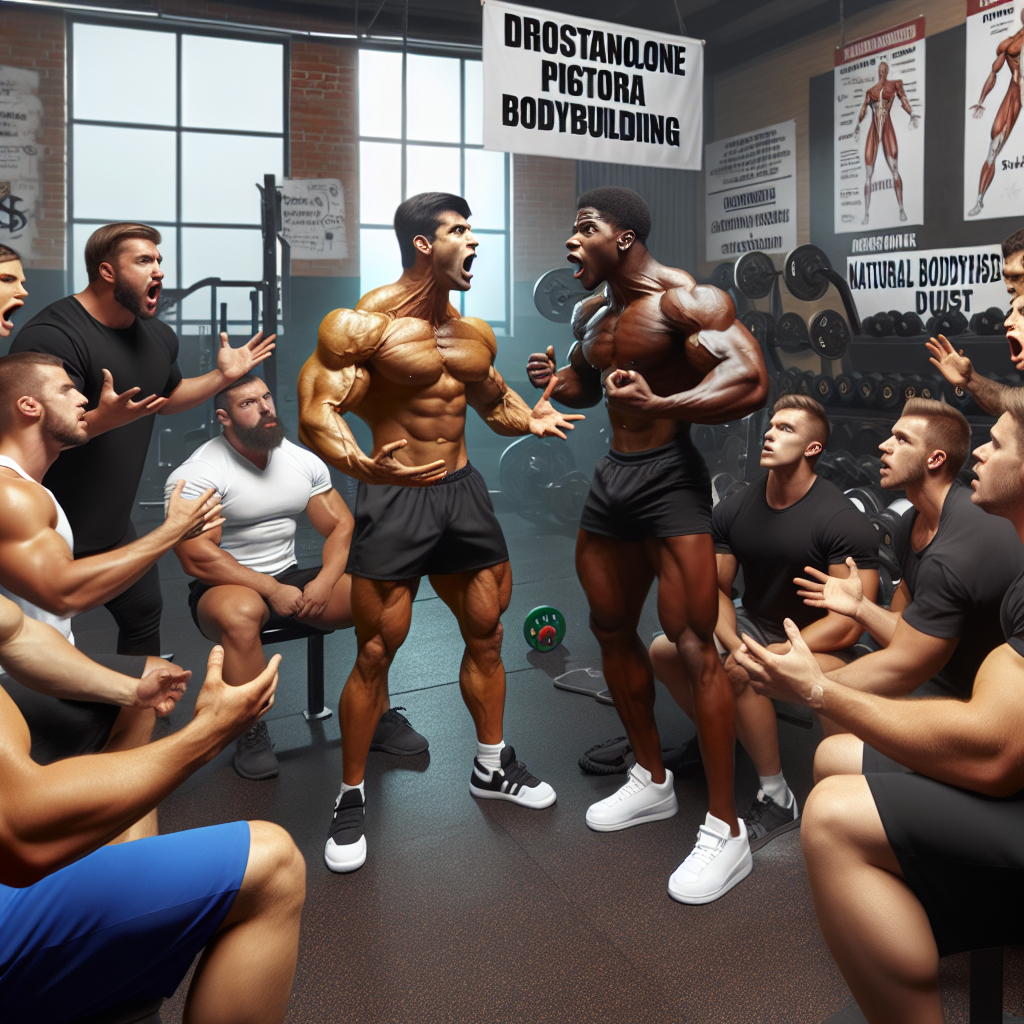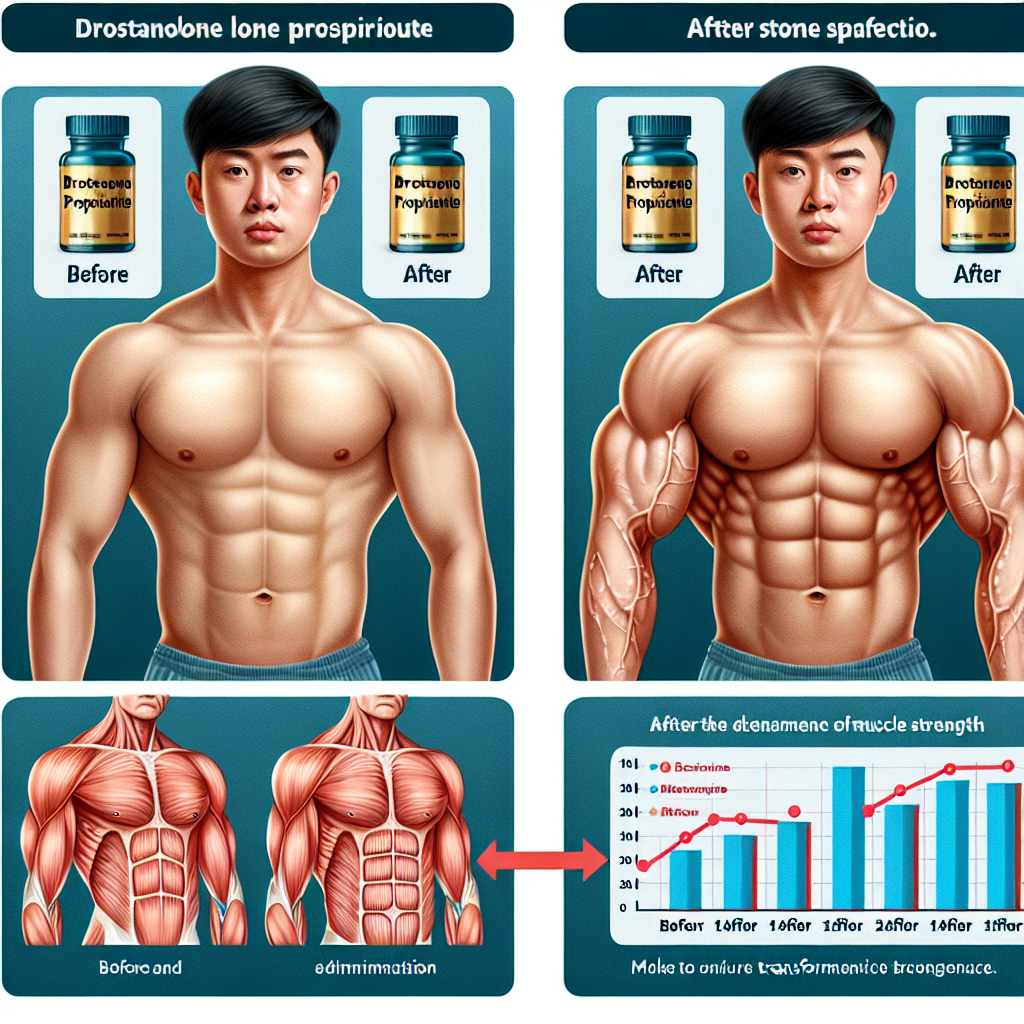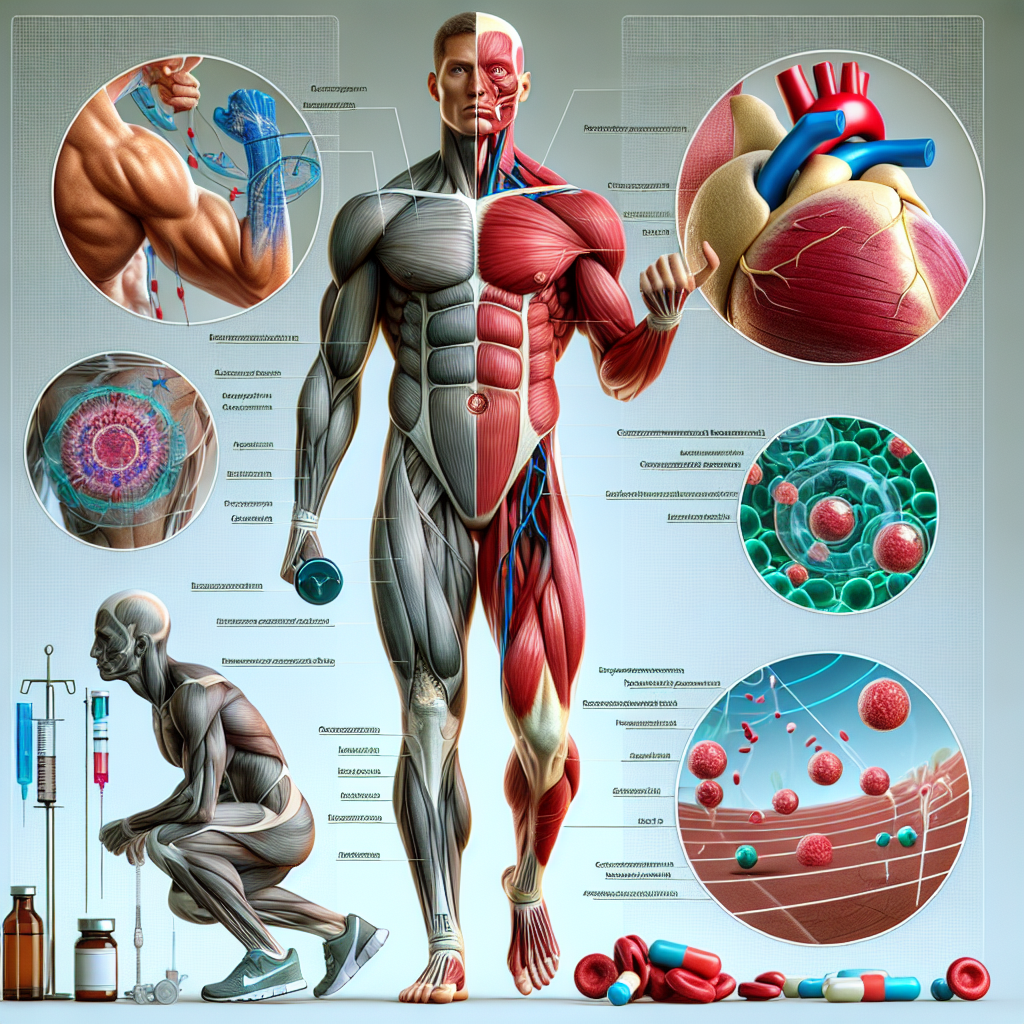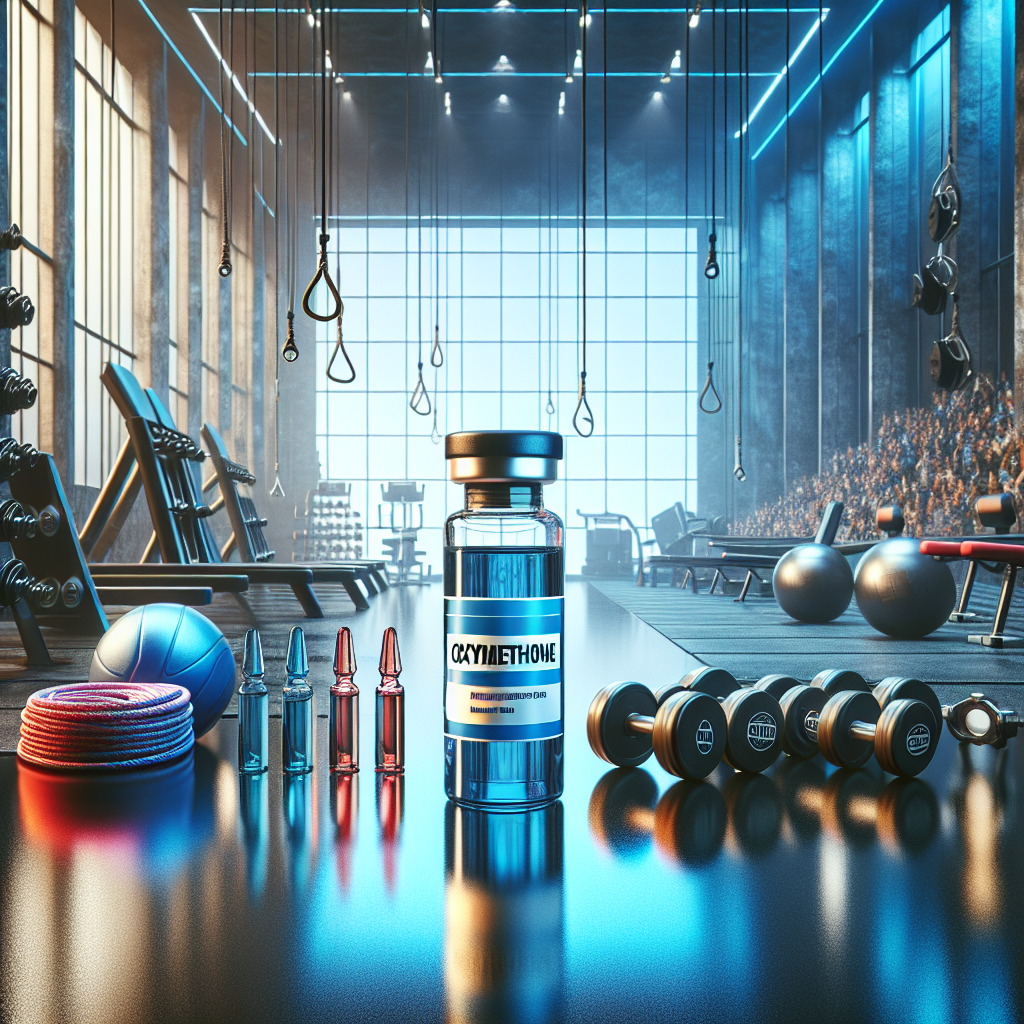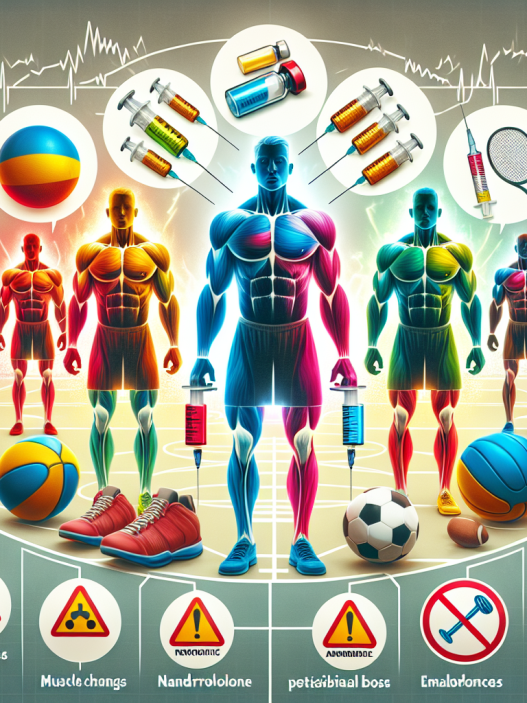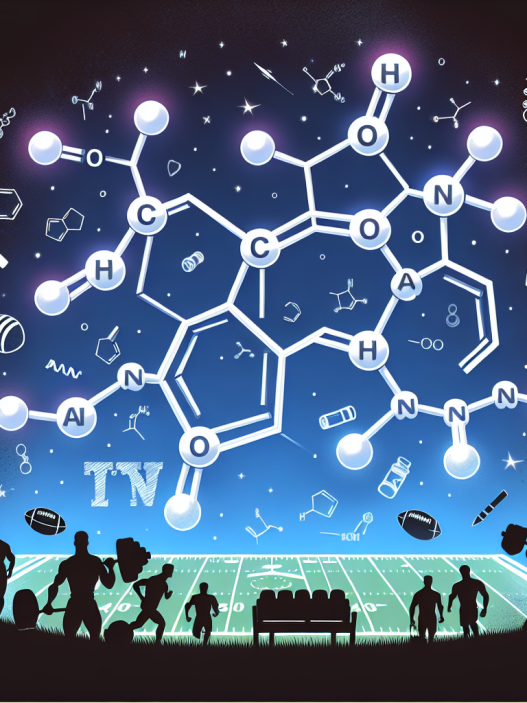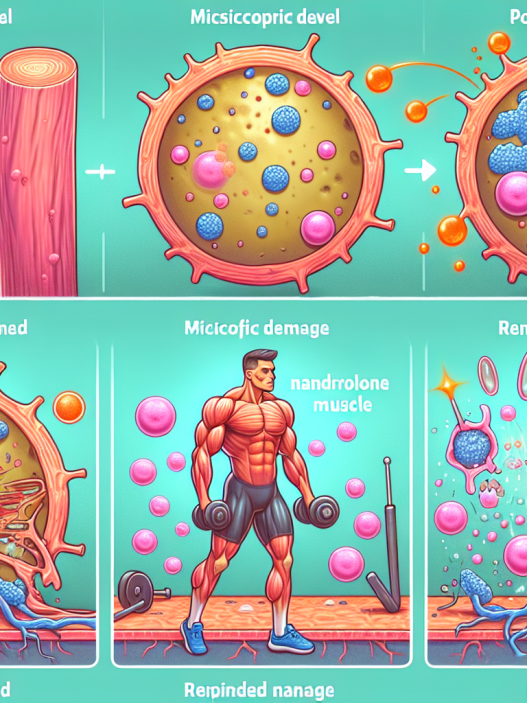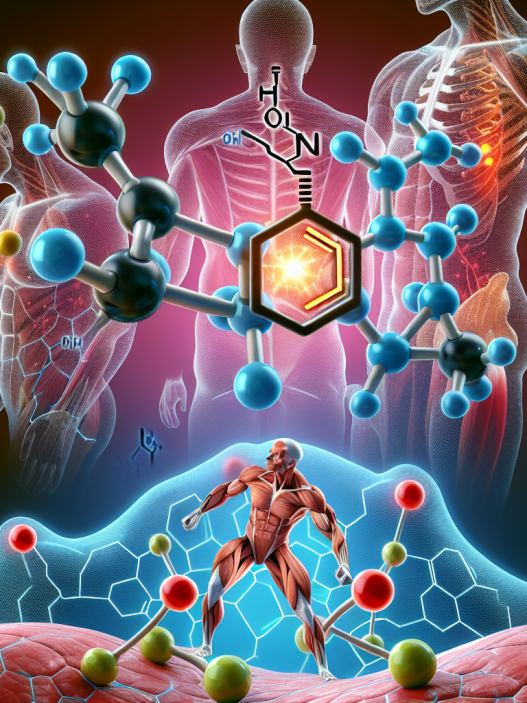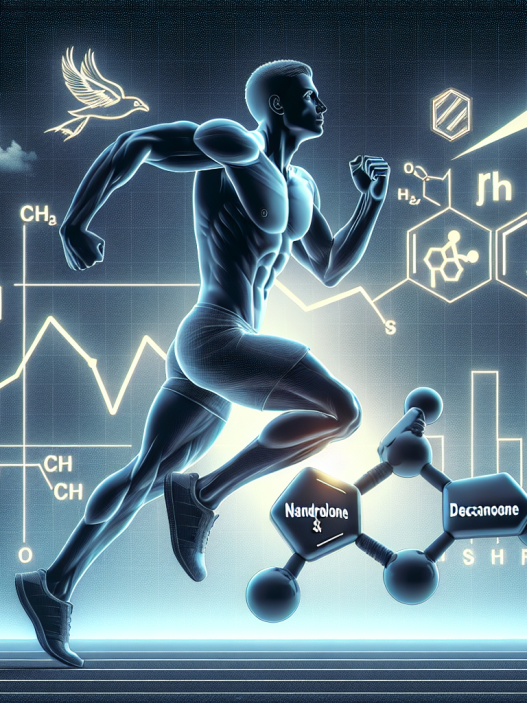-
Table of Contents
The Controversy Surrounding the Use of Drostanolone Propionate in Bodybuilding
Bodybuilding is a sport that requires dedication, hard work, and a strict training regimen. Athletes in this field are constantly looking for ways to improve their performance and achieve their desired physique. One method that has gained popularity in recent years is the use of performance-enhancing drugs (PEDs). Among these PEDs is drostanolone propionate, a synthetic anabolic-androgenic steroid (AAS) that has sparked controversy in the bodybuilding community. In this article, we will explore the controversy surrounding the use of drostanolone propionate in bodybuilding and examine the pharmacokinetic and pharmacodynamic data behind this substance.
The Use of Drostanolone Propionate in Bodybuilding
Drostanolone propionate, also known as Masteron, is a modified form of dihydrotestosterone (DHT). It was first introduced in the 1950s and was primarily used to treat breast cancer in women. However, it was later discovered that this AAS had potent anabolic effects and could be used to enhance athletic performance. In the bodybuilding world, drostanolone propionate is often used during the cutting phase to help athletes achieve a lean and defined physique.
One of the main reasons for the popularity of drostanolone propionate in bodybuilding is its ability to increase muscle hardness and density. This is due to its anti-estrogenic properties, which prevent the conversion of testosterone into estrogen. As a result, athletes using this substance can achieve a more chiseled and defined look, making it a popular choice for bodybuilding competitions.
In addition to its aesthetic benefits, drostanolone propionate also has performance-enhancing effects. It can increase strength and endurance, allowing athletes to train harder and longer. This can lead to faster muscle growth and improved athletic performance. However, it is important to note that the use of drostanolone propionate is banned by most sports organizations, including the International Olympic Committee and the World Anti-Doping Agency.
The Controversy
Despite its popularity among bodybuilders, the use of drostanolone propionate has sparked controversy in the sports community. One of the main concerns is the potential for adverse health effects. Like other AAS, drostanolone propionate can have serious side effects, including liver damage, cardiovascular problems, and hormonal imbalances. These risks are heightened when the substance is used in high doses or for prolonged periods.
Another concern is the use of drostanolone propionate as a masking agent for other PEDs. As mentioned earlier, this substance has anti-estrogenic properties, which can help athletes pass drug tests by reducing the levels of other banned substances in their system. This has led to increased scrutiny and stricter testing protocols for athletes suspected of using drostanolone propionate.
Furthermore, the use of drostanolone propionate in bodybuilding has also raised ethical concerns. Some argue that the use of PEDs goes against the spirit of fair competition and gives an unfair advantage to those who use them. This has led to debates about whether or not PEDs should be allowed in sports and the potential consequences of their use.
Pharmacokinetic and Pharmacodynamic Data
In order to fully understand the controversy surrounding the use of drostanolone propionate in bodybuilding, it is important to examine the pharmacokinetic and pharmacodynamic data behind this substance. Pharmacokinetics refers to how a drug is absorbed, distributed, metabolized, and eliminated by the body, while pharmacodynamics refers to the effects of the drug on the body.
According to a study by Kicman et al. (2008), the oral bioavailability of drostanolone propionate is low, with only 2.3% of the substance being absorbed into the bloodstream. This means that the majority of the drug is broken down and excreted before it can reach its target tissues. As a result, athletes often use injectable forms of drostanolone propionate, which have a higher bioavailability.
The half-life of drostanolone propionate is approximately 2-3 days, meaning that it stays in the body for a relatively short period of time. This can make it difficult to detect in drug tests, as it may be cleared from the body before the test is conducted. However, the metabolites of drostanolone propionate can be detected in urine for up to 2 weeks after use, making it possible to detect long-term use of the substance.
In terms of pharmacodynamics, drostanolone propionate has both anabolic and androgenic effects. It binds to androgen receptors in the body, stimulating protein synthesis and promoting muscle growth. It also has androgenic effects, which can lead to increased aggression and libido. However, these effects can also contribute to the potential side effects of the substance.
Expert Opinion
Despite the controversy surrounding the use of drostanolone propionate in bodybuilding, some experts argue that when used responsibly and in moderation, it can be a safe and effective tool for athletes. In an interview with Muscle & Fitness magazine, Dr. Thomas O’Connor, a leading expert in sports pharmacology, stated that “drostanolone propionate can be a valuable addition to a bodybuilder’s arsenal when used correctly and in the right doses.”
Dr. O’Connor also emphasized the importance of proper education and monitoring when using PEDs, stating that “it is crucial for athletes to understand the potential risks and side effects of these substances and to work closely with a medical professional to ensure their safety and well-being.” He also stressed the importance of following proper cycling and post-cycle therapy protocols to minimize the potential negative effects of drostanolone propionate.
References
Kicman, A. T., Gower, D. B., Anielski, P., & Thomas, A. (2008). Endogenous androgenic steroids in doping. Journal of Steroid Biochemistry and Molecular Biology, 108(3-5), 183-193.
Muscle & Fitness. (2019). The truth about Masteron. Retrieved from https://www.muscleandfitness.com/supplements/build-muscle/truth-about-masteron/
Conclusion
In conclusion, the use of drostanolone propionate in bodybuilding remains a controversial topic. While it has been shown to have performance-enhancing effects and can help athletes achieve their desired physique, it also carries potential health risks and ethical concerns. It is important for athletes to fully understand the pharmacokinetic and pharmacodynamic data behind this substance and to use it responsibly under the guidance of a medical professional. As with any PED, the key is to strike a balance between the potential benefits and risks, and to prioritize the safety and well-being of athletes above all else.
Expert opinion
